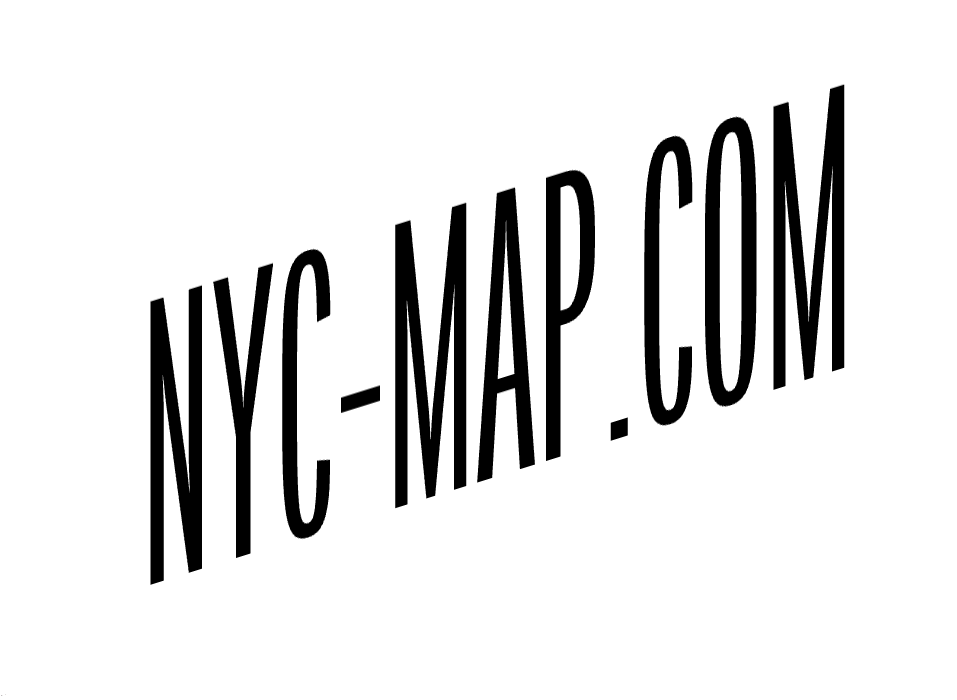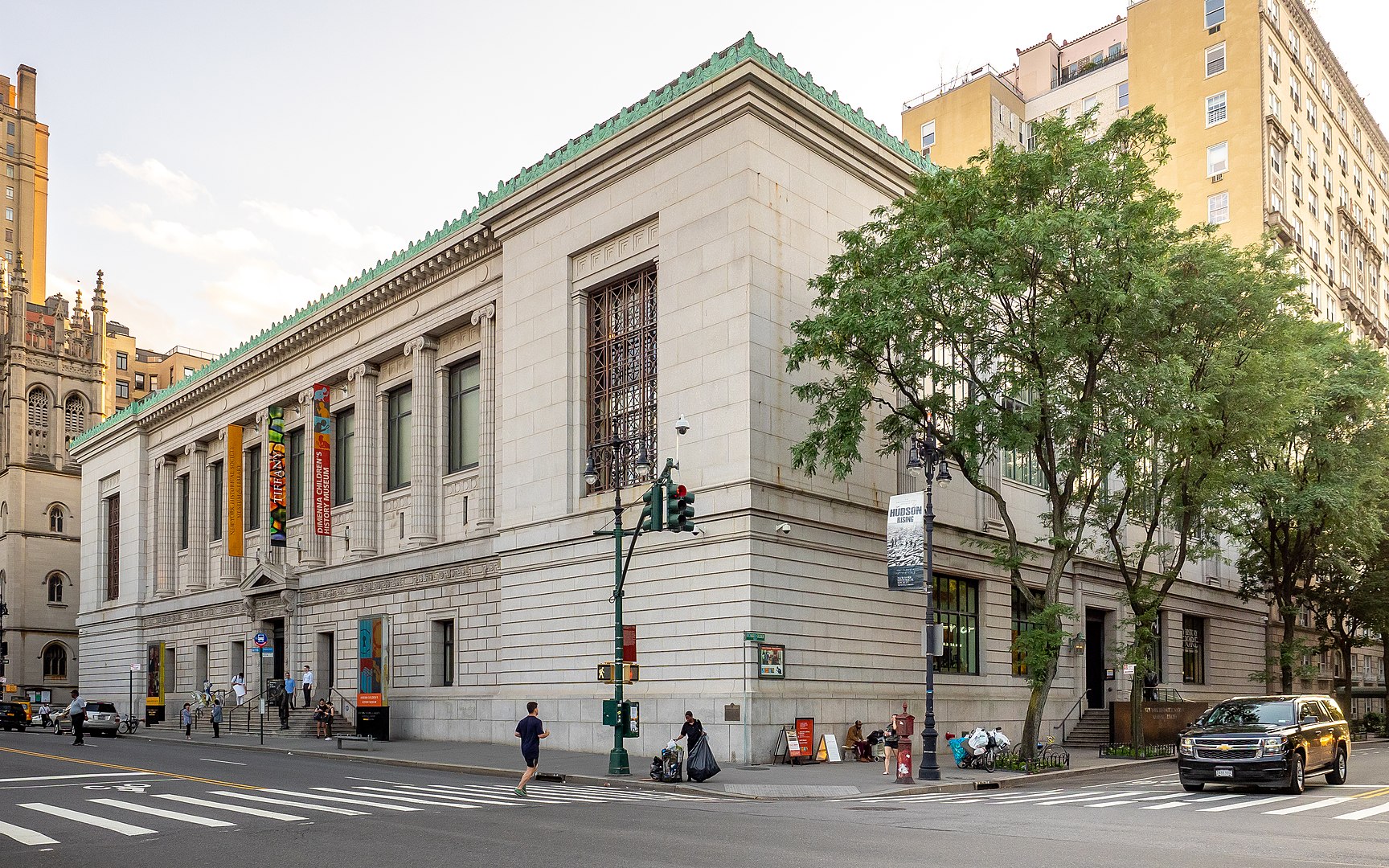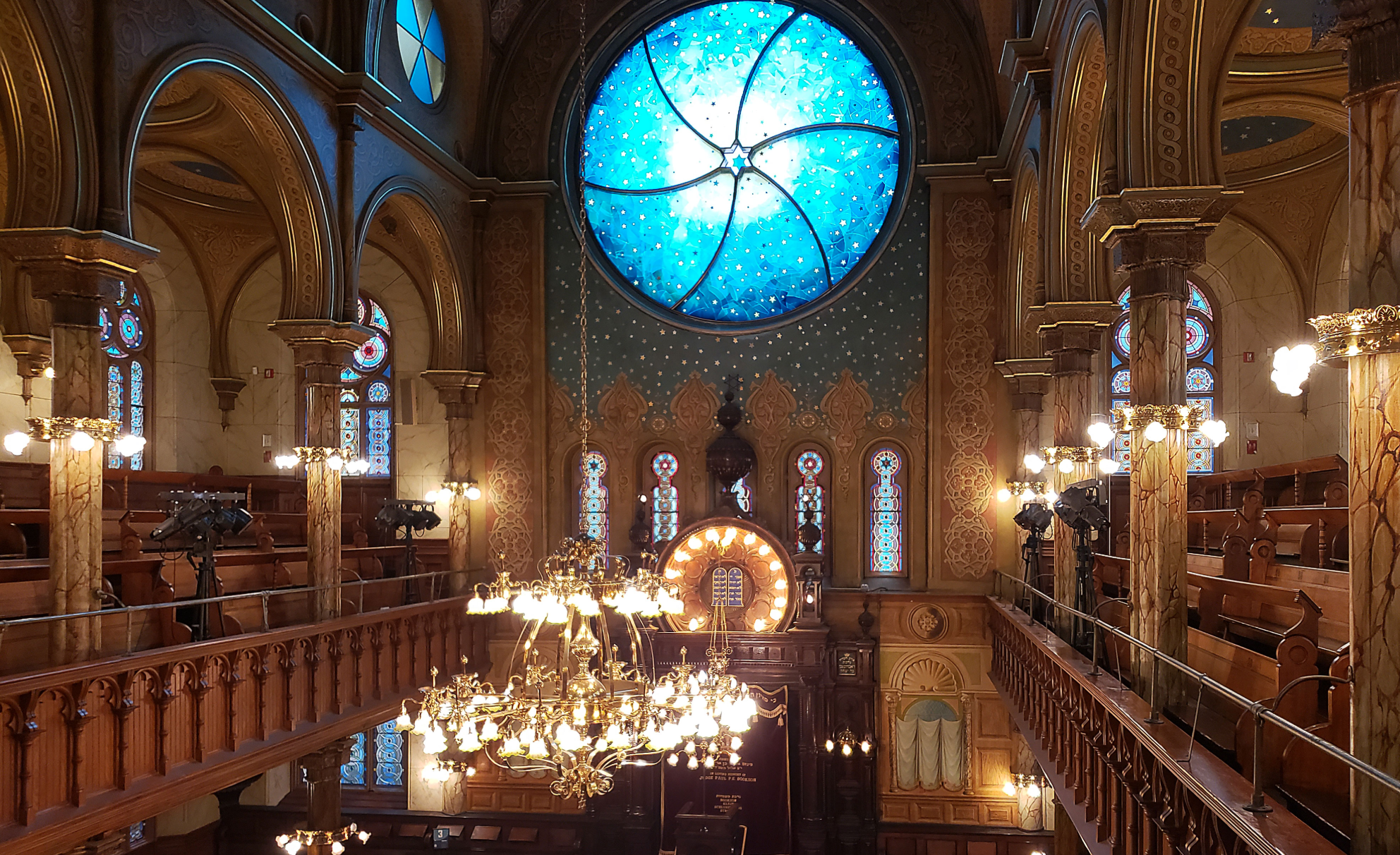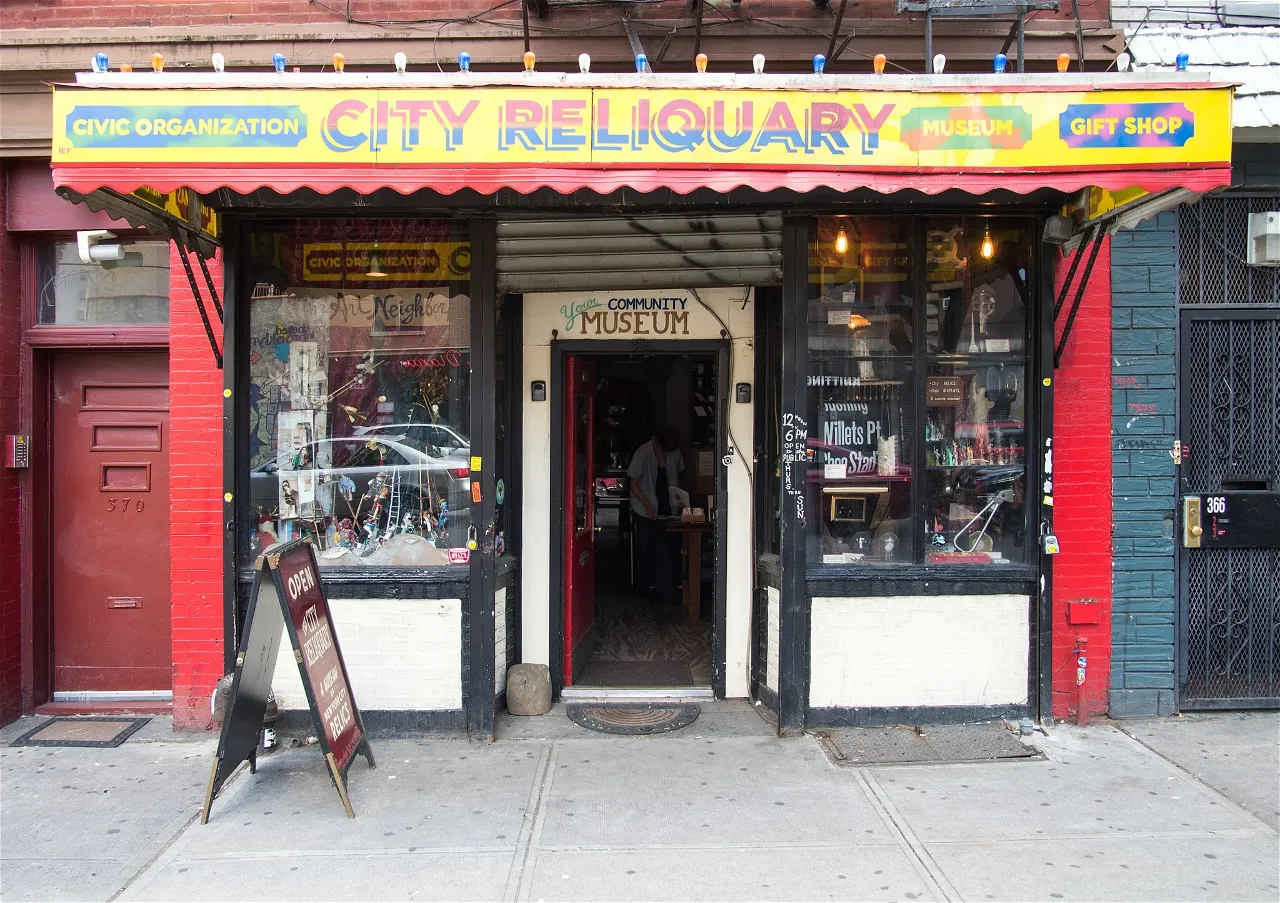The New York Historical Society is New York City’s first museum and one of the nation’s leading cultural institutions, dedicated to more than 400 years of American history. Located in Manhattan, the museum offers visitors a unique opportunity to explore a vast collection of artworks, historical documents, and artifacts that capture defining moments of the nation’s past.
Visitors can experience groundbreaking exhibitions, take part in educational programs, and attend open discussions featuring prominent historians, journalists, and public figures.
Founding and Development
The eleven founders — John Pintard, William Linn, John N. Abeel, Samuel Bayard, David Hosack, Anthony Bleecker, Samuel Miller, John M. Mason, DeWitt Clinton, Peter G. Stuyvesant, and Egbert Benson — lived through the turbulence of the American Revolution and the British occupation of New York. They feared that valuable records and artifacts would vanish into “dust and oblivion” if left in private hands. “Without authentic records and reliable documents,” they warned, “history would be nothing more than an artfully arranged series of conjectures and entertaining fictions.”
Throughout the 19th century, the Society expanded rapidly, collecting colonial and Revolutionary War–era manuscripts, artworks, personal diaries, maps, and books. In 1857, it moved into its first purpose-built home on Second Avenue, and later relocated to its current building at 170 Central Park West, where it remains today.
In the 1980s, the museum underwent a major modernization: upgrading collections storage, introducing a cataloging system, and improving conservation facilities. It also expanded its focus on education, developing programs for children and schools, interactive exhibitions, and civic history initiatives.
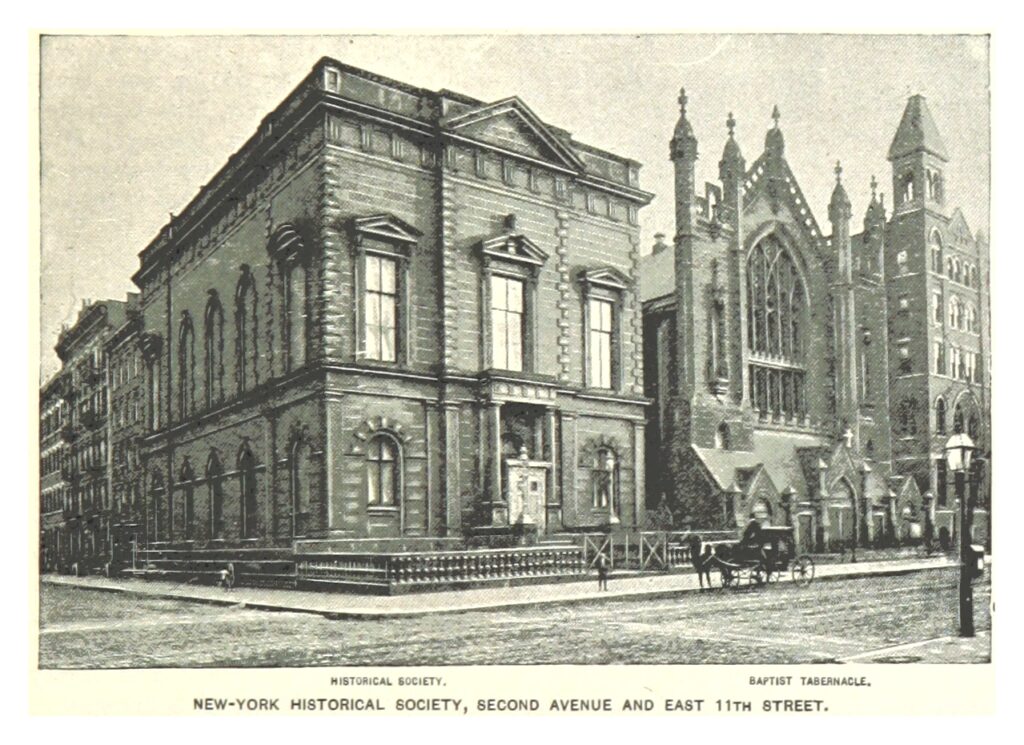
Collections
Artworks
- Portraits of U.S. Founding Fathers and prominent New Yorkers.
- Works by 18th–19th century American painters, including Gilbert Stuart, Thomas Cole, and John Trumbull.
- Genre scenes depicting colonial and post-revolutionary American life.
- Thomas Cole’s renowned series The Course of Empire.
Archives and Documents
- Revolutionary-era manuscripts.
- Diaries, letters, and government documents, including materials from the British occupation of New York.
- Collections on African American history, immigration, the women’s movement, and human rights.
Rare Books and Maps
- One of the largest collections of historic maps of New York and the United States.
- Books from the 16th–19th centuries, including the first Bible printed in America and rare works on history, politics, and religion.
Historical Artifacts
- Furniture, clothing, household items, weapons, medals, and jewelry.
- Objects from the Civil War, World War II, and other pivotal eras.
- Items connected to U.S. presidents and famous New Yorkers.
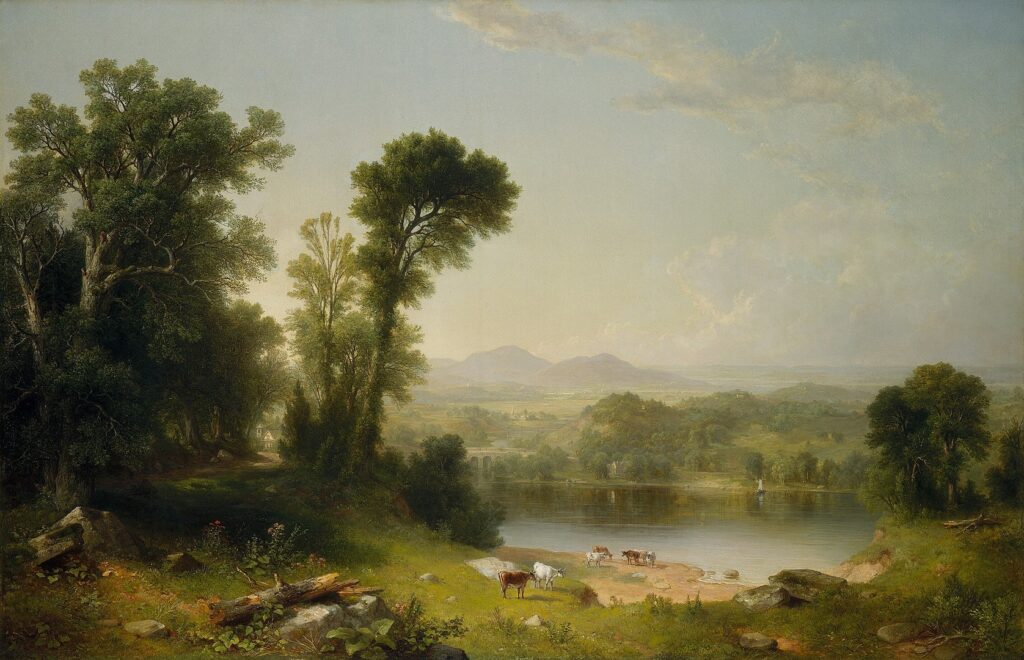
Permanent Exhibitions
New York Rising
A central gallery tracing the city’s history from the colonial period through the 19th century — highlighting revolution, commerce, population growth, and cultural transformation.
Robert H. and Clarice Smith New York Gallery of American History
A thematic exploration of independence, slavery and emancipation, westward expansion, and industrialization.
DiMenna Children’s History Museum
An interactive space with educational programs, hands-on exhibits, and creative zones that introduce young visitors to history through play and participation.
Special Exhibitions
“Notorious RBG: The Life and Times of Ruth Bader Ginsburg” — celebrating the life and legacy of the Supreme Court Justice.
“Women March” — chronicling women’s fight for rights and political participation.
“Black Citizenship in the Age of Jim Crow” — exploring the aftermath of the Civil War and Reconstruction for African Americans.
“Audubon’s Birds of America” — showcasing rare illustrations by John James Audubon.

Interesting Facts
- The New York Historical Society was founded in 1804, making it the first historical society in the United States — 72 years before the Metropolitan Museum of Art and 85 years before the Museum of the City of New York.
- Its collection includes the first Bible printed in North America, the Eliot Indian Bible (1663), translated into the Massachusett (Algonquian) language for missionary work among Indigenous peoples.
- The museum holds more than 450 original watercolors by renowned naturalist John James Audubon, creator of The Birds of America — one of the rarest and most valuable books in the world.
- Often called the “museum of museums,” the Society’s holdings span military history, fine art, social movements, and urban development, incorporating materials from a wide array of disciplines.
Visitor Information
Website: www.nyhistory.org
📍 Address: 170 Central Park West, New York, NY 10024
Admission: $22.00
